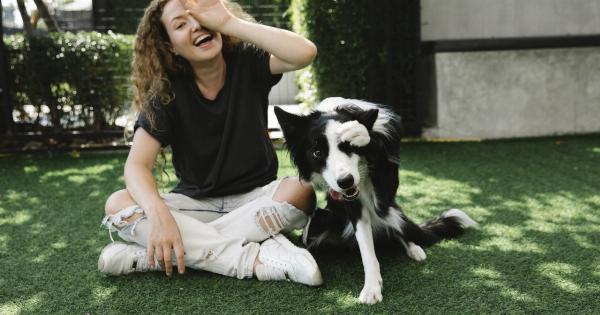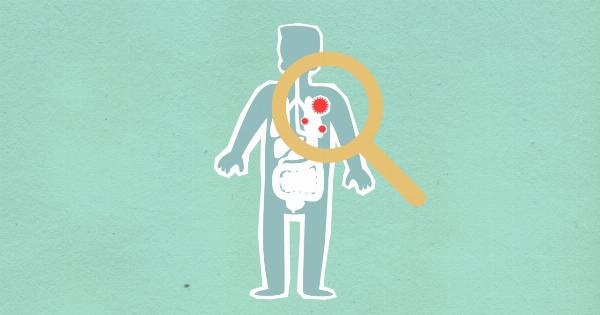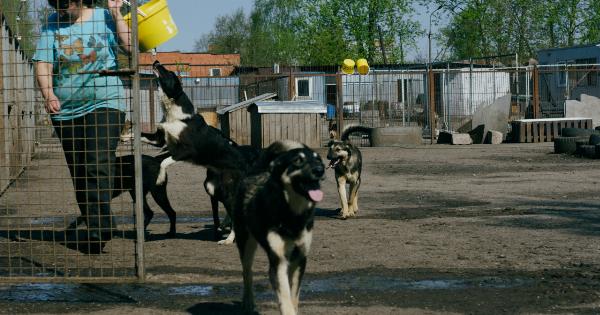Having a well-behaved and happy dog is the goal of every pet owner. However, sometimes our furry friends may exhibit poor behavior that may leave us feeling frustrated and puzzled.
Understanding the underlying reasons behind this behavior is crucial in effectively addressing and resolving these issues. Here are five common reasons for poor dog behavior:.
1. Lack of Socialization
Socialization plays a vital role in helping dogs become well-adjusted and comfortable around people, animals, and various environments.
When dogs are not properly socialized at a young age, they may exhibit fear, aggression, or anxiety in unfamiliar situations. This can result in poor behavior such as excessive barking, growling, or trying to escape.
To address this issue, it is essential to expose your dog to a wide range of experiences, sights, sounds, and smells from an early age.
Gradually introduce them to different people, animals, and environments, ensuring positive and controlled interactions. Enrolling your dog in socialization classes or hiring a professional trainer can also be beneficial.
2. Inadequate Training
Dogs require consistent and positive training to understand and follow behavioral expectations. Poor behavior often stems from a lack of clear communication and understanding between humans and dogs.
If dogs have not been taught proper manners, commands, or boundaries, they may engage in undesirable behaviors such as jumping, chewing furniture, or pulling on the leash.
Investing time in training your dog using positive reinforcement techniques is crucial. Rewarding desired behaviors and providing clear cues will help your dog understand what is expected of them.
Consistency, patience, and regular practice sessions are key to addressing poor behavior resulting from inadequate training.
3. Health Problems
Poor behavior can sometimes be a reflection of underlying health issues in dogs. Pain, discomfort, or certain medical conditions may cause dogs to exhibit aggression, restlessness, excessive licking, or changes in appetite.
It is essential to rule out any potential health issues when addressing poor behavior in dogs.
If you observe sudden or extreme changes in your dog’s behavior, it is advisable to consult with a veterinarian. A thorough examination and necessary tests can help identify and address any underlying health problems.
Treating the root cause will lead to improvements in your dog’s behavior.
4. Environmental Factors
The environment in which a dog lives can greatly impact their behavior. Factors such as inadequate exercise, a lack of mental stimulation, or an unsuitable living space can contribute to poor behavior.
Dogs may become bored, anxious, or even develop destructive habits when their environmental needs are not fulfilled.
Ensuring that your dog receives enough physical exercise and mental stimulation is crucial for their overall well-being. Regular walks, playtime, and engaging activities can help prevent boredom and channel their energy in a positive manner.
Creating a dog-friendly environment that includes toys, comfortable resting areas, and interactive games will provide mental stimulation and reduce the likelihood of poor behavior.
5. Separation Anxiety
Separation anxiety is a common issue among dogs and can manifest in various ways, including excessive barking, destructive behavior, or inappropriate elimination when left alone.
Dogs with separation anxiety experience distress and anxiety when separated from their owners, which leads to poor behavior.
To alleviate separation anxiety, it is essential to gradually accustom your dog to being alone. Start with short periods of separation and gradually increase the duration over time.
Providing comforting items, such as their favorite toys or a piece of clothing with your scent, can also help them feel more secure. Additionally, seeking guidance from a professional behaviorist or trainer specialized in separation anxiety can be beneficial in addressing this issue effectively.
In Conclusion
Understanding the reasons behind poor dog behavior is the first step towards addressing and resolving these issues.
Lack of socialization, inadequate training, health problems, environmental factors, and separation anxiety are common factors that contribute to poor behavior in dogs. By identifying the underlying cause and implementing appropriate solutions, you can help your furry companion become a well-behaved and happy member of your household.





























